
The EPCCS is connected with multiple societies like Wonca Europe and more than 20 national societies
The EPCCS is a special interest group of WONCA Europe. The European Regional Branch, WONCA Europe, is the academic and scientific society for general practice/family medicine in Europe representing 47 member organisations and more than 90,000 family doctors in Europe.
The EPCCS council and board members are an active group with a special interest in cardiovascular, cardiorenal and cardiometabolic disease and represent their national society. Thereby the EPCCS network is reaching > 100.000 health care professionals active in primary care.
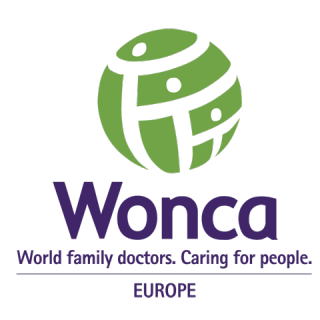
WONCA Europe is the academic and scientific society for general practitioners and family physicians across Europe. It comprises 47 member organizations, representing over 120,000 family doctors. The EPCCS is a WESIG - Special Interest Group from Wonca Europe
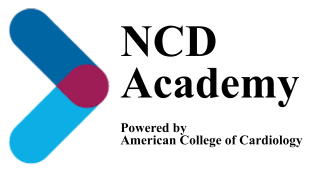
The Non Communicable Disease Academy is an inittiative of the ACC (American College of Cardiology), designed to equip the global primary care community with the skills necessary to mitigate today's leading causes of non-communicable diseases (NCDs).
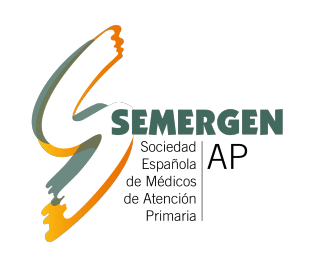
SEMERGEN, founded in 1973, is the Spanish Society of Primary Care Physicians, a non-profit organization and the oldest family medicine society in Spain. Among our objectives are improving healthcare services for the population, enhancing the professional competence of family doctors by promoting research and continuing education, defending the ethical interests of professionals, and safeguarding citizens' rights.
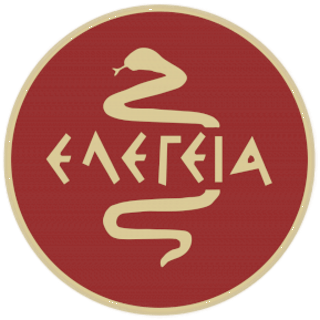
The Hellenic Society for General/Family Medicine (ΕΛΕΓΕΙΑ). This society focuses on promoting primary healthcare in Greece. It organizes conferences, seminars, and educational programs for healthcare professionals. Additionally, it publishes a journal called "Primary Health Care" which addresses topics related to general and family medicine.
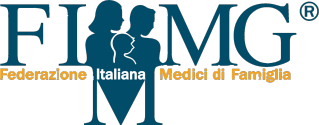
The Federazione Italiana Medici di Medicina Generale (FIMMG) is the Italian Federation of General Practitioners, established in 1946. It serves as the primary representative body for general practitioners (GPs) in Italy, advocating for their professional, legal, economic, and welfare interests. FIMMG's mission includes enhancing patient care, promoting continuous medical education, and safeguarding the rights of both physicians and patients
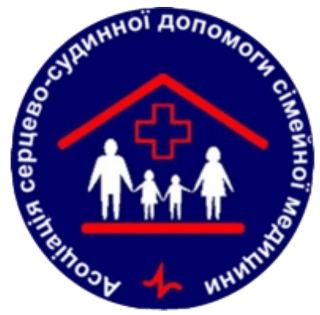
Cardiovascular preventive care in Ukraine is mainly delivered both by family doctors and by cardiologists, who are employed at the state medical services and in private medical facilities. Guidance in prevention is obtained through the guidelines of the European Society of Cardiology. These guidelines are obligatory for implementation in the medical services after adaptation to the national resources in Ukraine
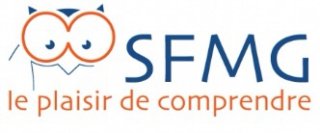
SFMG - The French Society of General Medicine. Made up of general practitioners, the SFMG has 1200 associate and full members throughout France. It is a non-union structure working for the promotion of General Medicine. The SFMG is a member of the College of General Medicine.

The NSOPLB - National Society for Primary Care - was established with the main goal of protecting the rights, social, and economic interests of general practitioners, enhancing the prestige of the profession, and providing better services to patients

The Polish Society of Family Medicine (PTMR) was established in 1999. The Society is an interdisciplinary organization that brings together all those interested in family medicine, primarily family medicine specialists.
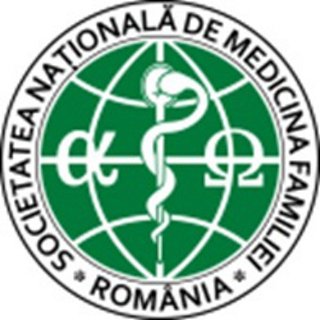
The Romanian National Society of Family Medicine is the main professional association of family doctors in Romania. Established in 1990, the Society has 41 member organizations from each county, ensuring it is representative on a national level. Its main activity is improving family doctors' education and training through conferences, courses, workshops, dedicated working groups and other resources. It also facilitates communication both between family doctors and with other members of the health system, acts as a voice for family doctors and their patients and represents family doctors in health policy matters